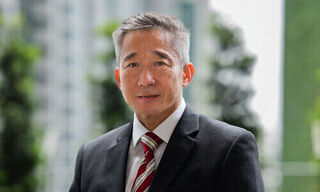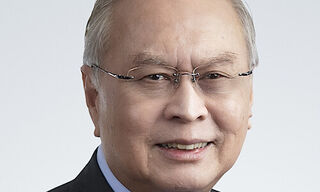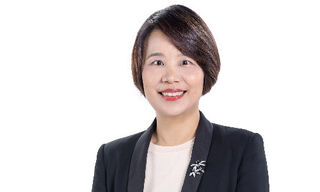David Runacres: «The Real Cost is Regulatory Change»
Many financial institutions have forgone internal development of certain technological capabilities in favor of outsourcing due to rapid shifts in regulations, according to Broadridge’s David Runacres in an interview with finews.asia.
One of the major hurdles that financial institutions face in the current environment is the rapid pace of regulatory developments with shifts in various areas such as investor disclosure or the soundness of systems for cybersecurity and resilience. In Asia, this is further exacerbated by the heterogeneity of regulations in different markets.
According to Broadridge’s «2025 Digital Transformation & Next-Gen Technology Study», regulations and compliance requirements was cited as one of the top three challenges inhibiting innovation, as agreed by 31 percent of global and Asia Pacific respondents.
Internal Development Versus Outsourcing
This issue is tipping the scale when it comes to considerations between building capabilities and outsourcing, according to David Runacres, Broadridge’s president of APAC.
«Most of our customers have given up on internal development. The real cost is regulatory change,» said Runacres in a recent interview with finews.asia.
«Regulatory change is getting more complex because people are in more markets and each market can have a different rate of change for different things. You have to keep your technology up to date and that's painful. It's much easier if you buy it from someone who has the capability and will keep it up to date for you.»
«Special Sauce»
Runacres notes that those who opt to outsource may not have to sacrifice customization either. While Broadridge will provide solutions to address fundamental functions, clients can overlay this with, for example, their own interface for a unique and enhanced user experience.
«You put your special sauce on top and don’t have to worry about all the basic stuff,» he explained.
APAC Ambitions
Within APAC, Broadridge has sizeable ambitions with the target of doubling its regional business in the next four years and Runacres, who joined the firm less than a year ago, will be leading the efforts to achieve this goal. Focus will be placed on its existing core markets in Asia including Hong Kong, Japan, Singapore and Australia. Pockets of opportunity may also be explored in markets like Taiwan or South Korea.
On growth, the firm highlights on two areas. Firstly, Broadridge will look to further organic growth through its capital markets, asset management and investor communications solutions. For example, it has an existing partnership with Tokyo Stock Exchange through a joint venture called ICJ and the tech firm is engaging with a number of other exchanges in the region in hopes of replicating such an arrangement.
Inorganic Growth Opportunities
Secondly, Broadridge is seeking inorganic growth opportunities from capabilities and connectivities it currently lacks and can easily tuck into the existing platform.
«We are mainly focused on opportunities from global companies that might be based in the US or Europe with strong Asia presence to increasingly grow our footprint of Asia-based clients,» Runacres said without disclosing any additional details.
«The APAC opportunity for acquisition is relatively small because you tend to have smaller companies that have built something that is relevant for only a specific market, which is not as attractive to us due to the lack of scalability.»
Macro Risks
Not unlike other global companies, Broadridge also faces risks from ongoing geopolitical tensions and the trade war, especially as North America accounts for 80 percent of its business worldwide.
«At the end of the day, market turmoil is the biggest risk for us. Also, as we transition our business to become more Asia-focused, we could feel some impact if the appetite for US equities decreases,» Runacres added.



























